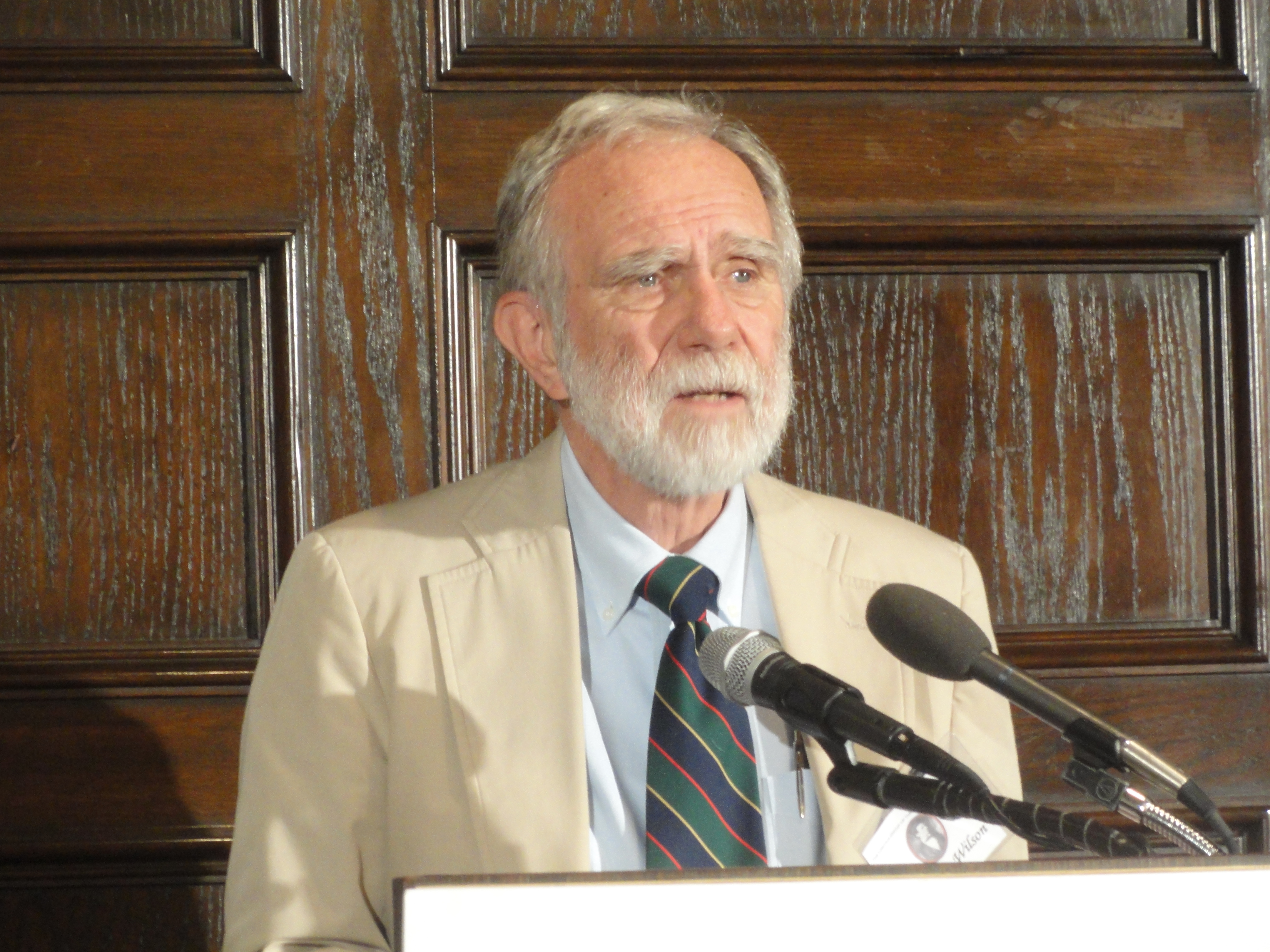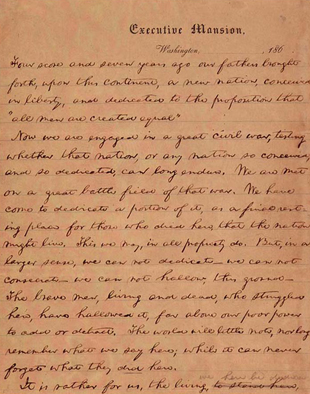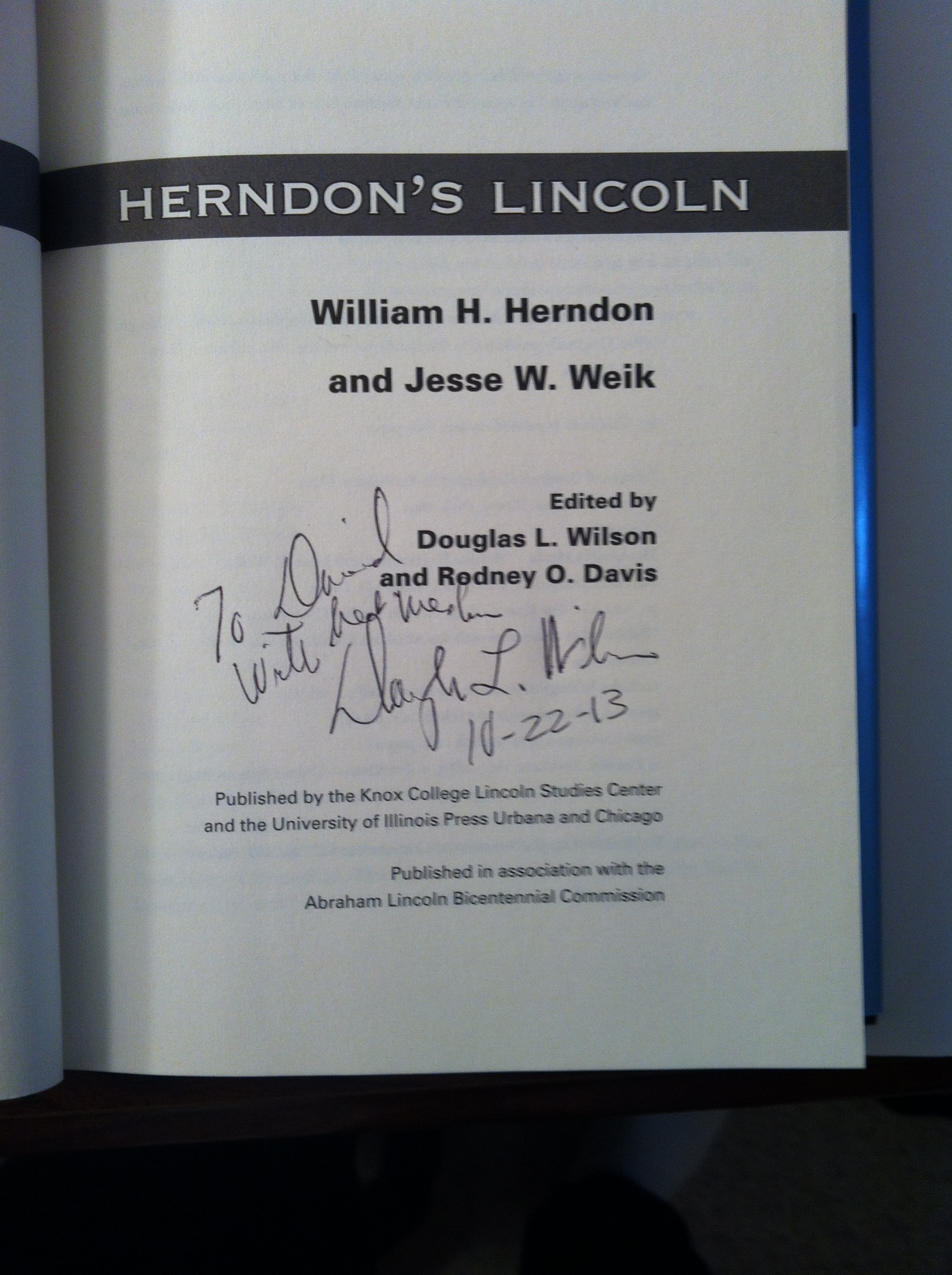The Abraham Lincoln Group of the District of Columbia has a book club. And this past weekend we finished reading Herndon’s Lincoln, the book that we’ve been discussing for the last nine months. In my earlier review I noted that this particular edition of the book was greatly enhanced by the incredible editorial annotation by Douglas L. Wilson and Rodney O. Davis. Even more invaluable was the input from the book members themselves.
I should emphasize that our Lincoln Group book club includes several historians, archivists, researchers, and all-around Abraham Lincoln scholars. We also had people who had little previous knowledge of Lincoln. Each of us brought our own preconceptions, backgrounds, and opinions, which when informed further by the personal insights of Herndon and others who knew Lincoln, made for lively and sometimes surprising discussions. Arising from the three-quarter-year analysis was a much deeper understanding of both the book and Abraham Lincoln. I think everyone in the group would agree that it was a worthwhile and special experience.
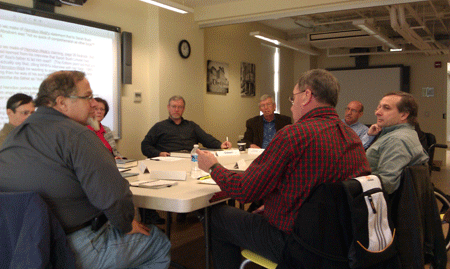
This last session was special in another sense as well. Because of a last minute scheduling conflict we were not able to use the room that has been our home base for the last nine months. Normally we meet on the 5th floor of the Ford’s Theatre Center for Education and Leadership, across the street from the famous site of Lincoln’s assassination and next to the Petersen House, where Lincoln died.
Our backup plan was Ford’s Theatre itself, or more accurately, the conference room on the top floor of Ford’s Theatre. Bypassing the lines queued up for the matinee of The 25th Annual Putnam County Spelling Bee, we found the entrance to an elegant conference room tucked into the rafters of the theater. Here is the view from the top as the audience filed in for the performance.
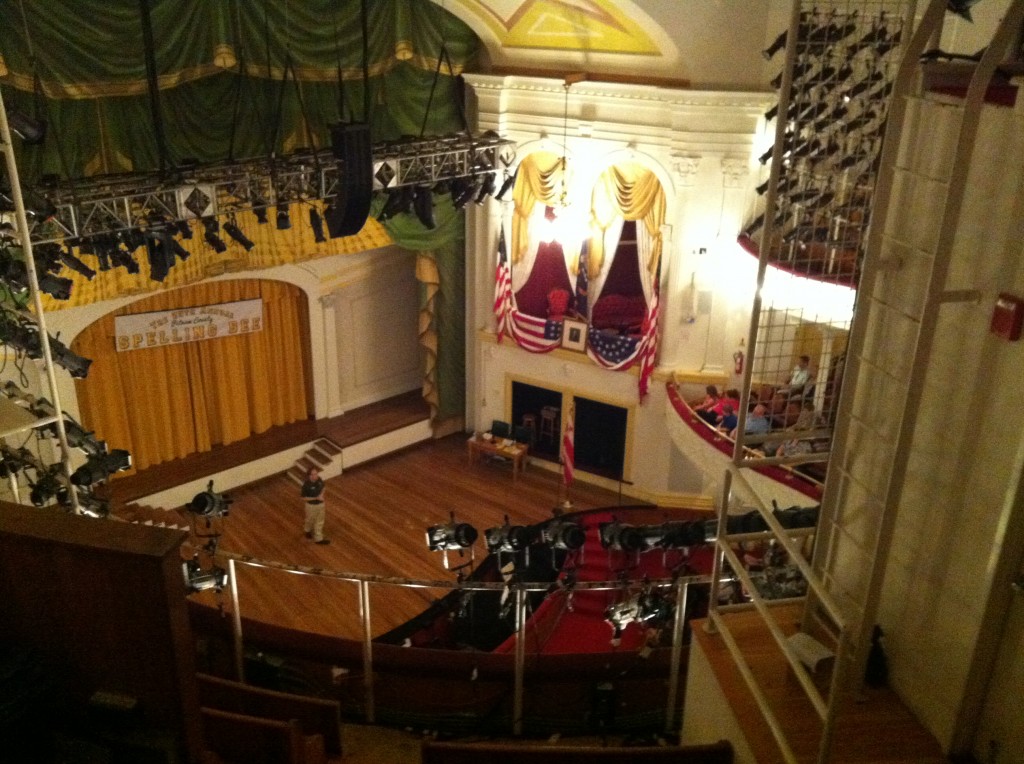
George Healey’s famous painting of Abraham Lincoln loomed over our group as we discussed the final chapters. Imagine sitting in a room discussing the motivations of the man gazing in thoughtful contemplation over your left shoulder. No, we weren’t intimidated. Much.
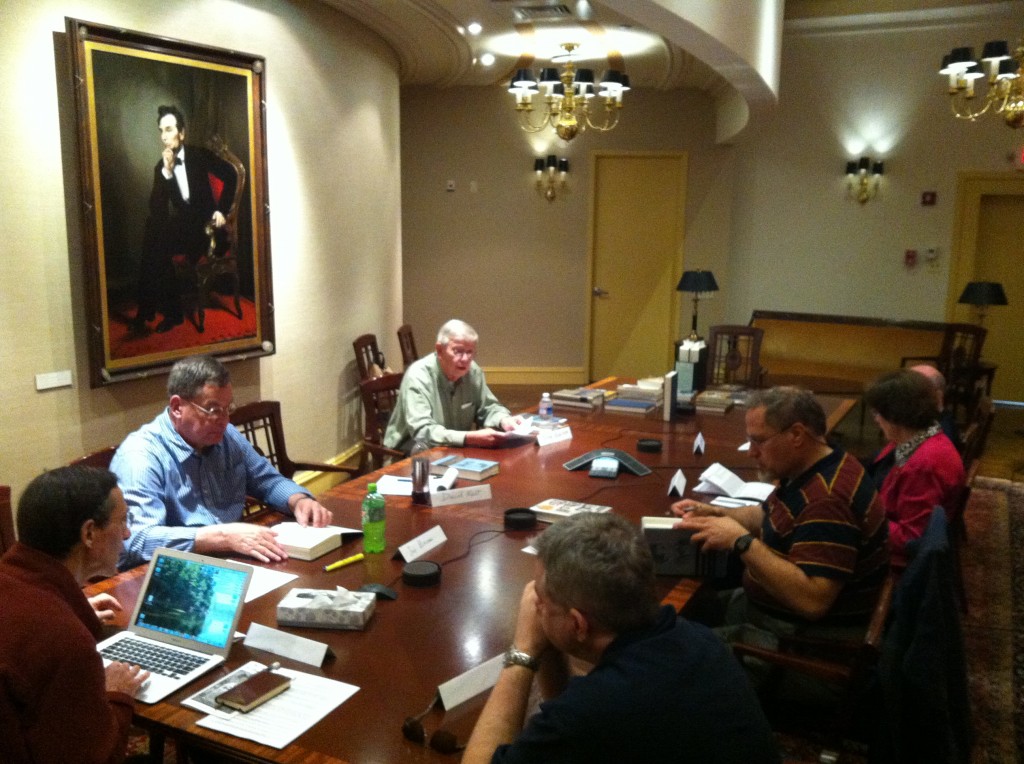
Abe did photobomb the apparently requisite selfie at such grandiose events. Left to right are John Elliff, Richard Margolies (our esteemed discussion leader), Abe, Me, and Rodney Ross.

While a bit of Lincolnesque melancholy was felt with the ending of this past year’s discussion, a new birth of excitement was in the air because we had chosen the next book for discussion – The Inner World of Abraham Lincoln by noted Lincoln scholar, Michael Burlingame. Even more exciting is that, thanks to Rod Ross, Michael Burlingame has agreed to speak to our discussion group on November 1st. Check out the LGDC site for more details as they emerge.
For those in the Washington DC area with an interest in Abraham Lincoln, please consider our Lincoln Group book club. You don’t have to be a Lincoln expert to join; you just have to read the book. It doesn’t get much easier than that. And the rewards?
Priceless!
David J. Kent is an avid Lincolnophile and the author of Tesla: The Wizard of Electricity. You can order a signed copy directly from me, download the ebook at barnesandnoble.com, and find hard copies at Barnes and Noble bookstores, as well as online at B&N.com and Amazon.com.
Follow me by subscribing by email on the home page. And feel free to “Like” my Facebook author’s page and connect on LinkedIn. Share with your friends using the buttons below.
Like this:
Like Loading...
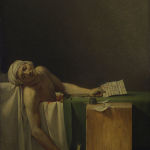 What do Picasso’s “Guernica,” David’s “The Death of Marat,” and Wyeth’s “Christina’s World” have in common? They all were posters hanging on my bedroom wall as a teenager. Yes, I was not a normal child. Read more at “An Odd Taste in Art for a Teen.”
What do Picasso’s “Guernica,” David’s “The Death of Marat,” and Wyeth’s “Christina’s World” have in common? They all were posters hanging on my bedroom wall as a teenager. Yes, I was not a normal child. Read more at “An Odd Taste in Art for a Teen.”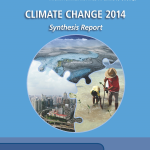 Two big events in climate science occurred this week. The most important one (IPCC’s Synthesis Report) was largely ignored while the least important one (Mid-Term Elections) will be talked about for the next two years. Check out why on The Dake Page.
Two big events in climate science occurred this week. The most important one (IPCC’s Synthesis Report) was largely ignored while the least important one (Mid-Term Elections) will be talked about for the next two years. Check out why on The Dake Page.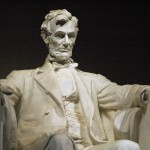 Speaking of elections, Abraham Lincoln was reelected on November 8th, 1865, and 150 years later we are celebrating this milestone event with our Lincoln Group Symposium this Saturday in downtown DC. Only two days to go – sign up now or you can register at the door.
Speaking of elections, Abraham Lincoln was reelected on November 8th, 1865, and 150 years later we are celebrating this milestone event with our Lincoln Group Symposium this Saturday in downtown DC. Only two days to go – sign up now or you can register at the door.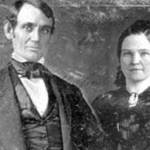 Meanwhile, this week also saw the anniversary of Lincoln’s tempestuous marriage to Mary Todd. The sudden wedding caught everyone by surprise; could have been because Mary had seduced old Abe? And why did Mary refuse to be photographed with her husband? Find out here.
Meanwhile, this week also saw the anniversary of Lincoln’s tempestuous marriage to Mary Todd. The sudden wedding caught everyone by surprise; could have been because Mary had seduced old Abe? And why did Mary refuse to be photographed with her husband? Find out here.


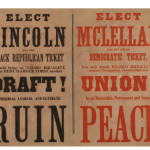 Abraham Lincoln was reelected for a second term in 1864, which surprised everyone,
Abraham Lincoln was reelected for a second term in 1864, which surprised everyone, 
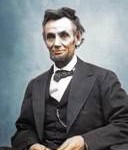 As the Civil War raged on, things weren’t looking so good for the reelection of Abraham Lincoln. In August 1864 Lincoln asked his entire cabinet to sign the back of what became the “
As the Civil War raged on, things weren’t looking so good for the reelection of Abraham Lincoln. In August 1864 Lincoln asked his entire cabinet to sign the back of what became the “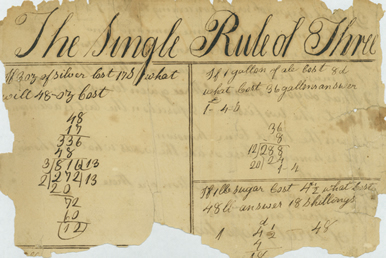




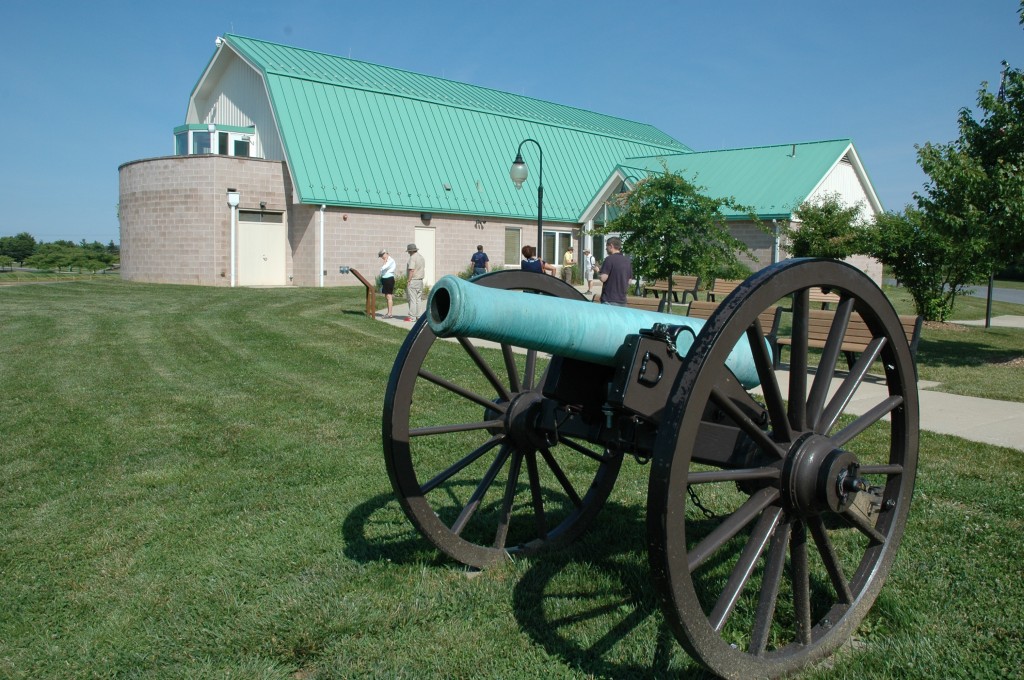
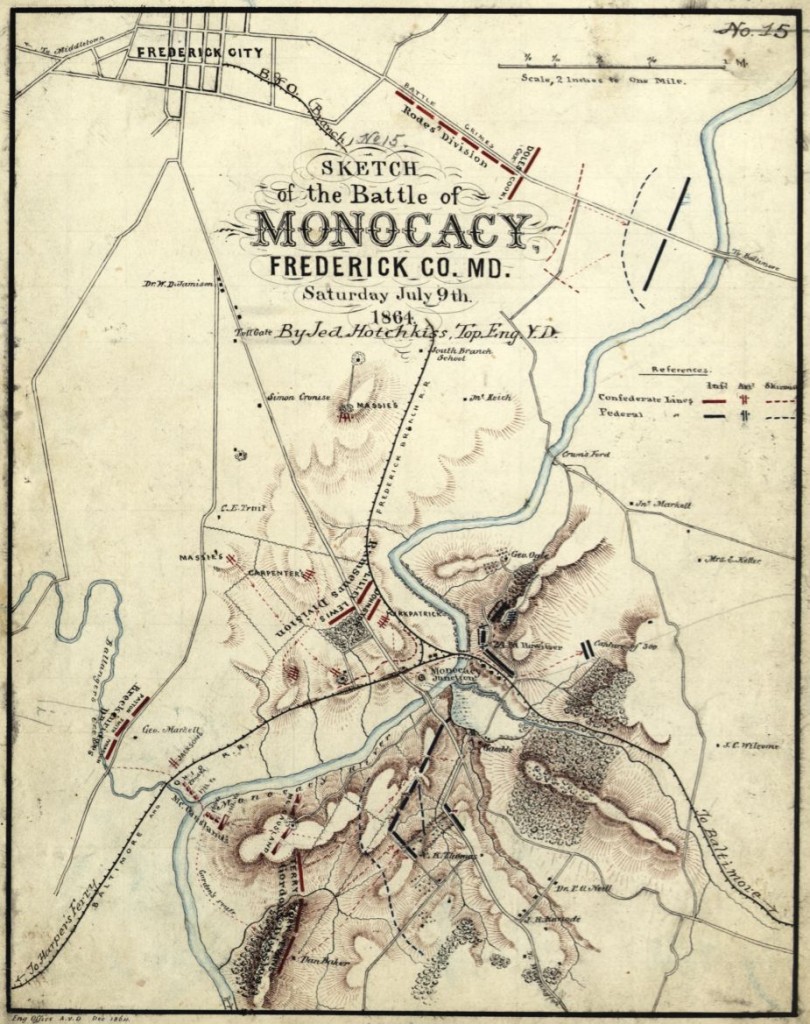

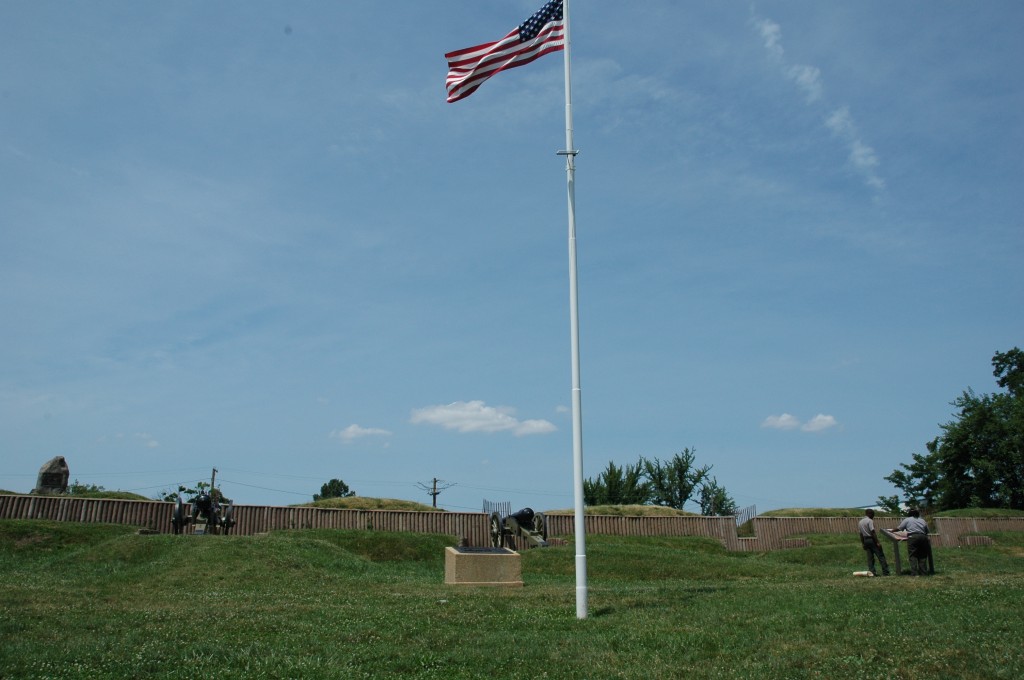 After a delightful open-air lunch at the Urbana Park, we were on to Fort Stevens. Located inside the District line from Silver Spring, Maryland (and not far from the modern day horror of the “DC sniper”), Fort Stevens is a series of low dirt mounds lined with Union cannon. Here was not only the repelling of Early’s forces but the site of one of Abraham Lincoln’s most famous incidents.
After a delightful open-air lunch at the Urbana Park, we were on to Fort Stevens. Located inside the District line from Silver Spring, Maryland (and not far from the modern day horror of the “DC sniper”), Fort Stevens is a series of low dirt mounds lined with Union cannon. Here was not only the repelling of Early’s forces but the site of one of Abraham Lincoln’s most famous incidents.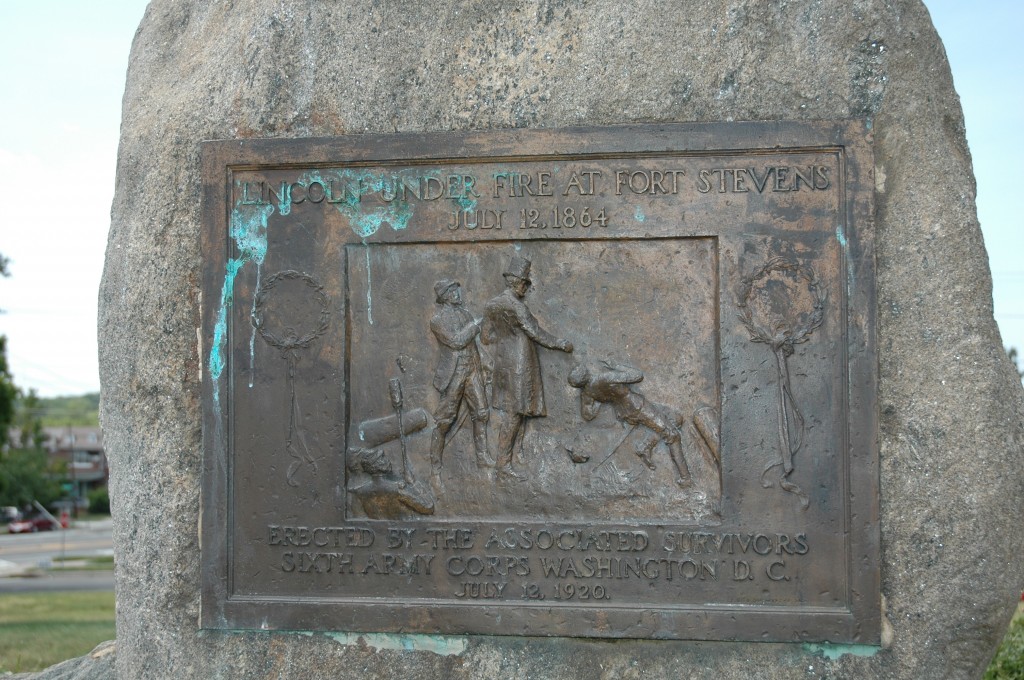 Living not far away at the Soldier’s Home, Lincoln had decided to see the action first hand. Ignoring the risk, Lincoln stood his 6-foot, 4-inch frame (plus tall top hat) on top of the mound to get a view. A medical officer standing beside him was hit with a bullet, after which the infamous (and possibly apocryphal) line was blurted out: “Get down you fool.” Whether it was this or a more respectful imploring for the President to get out of the line of fire we will likely never know, but thankfully he did get down and was unharmed.
Living not far away at the Soldier’s Home, Lincoln had decided to see the action first hand. Ignoring the risk, Lincoln stood his 6-foot, 4-inch frame (plus tall top hat) on top of the mound to get a view. A medical officer standing beside him was hit with a bullet, after which the infamous (and possibly apocryphal) line was blurted out: “Get down you fool.” Whether it was this or a more respectful imploring for the President to get out of the line of fire we will likely never know, but thankfully he did get down and was unharmed.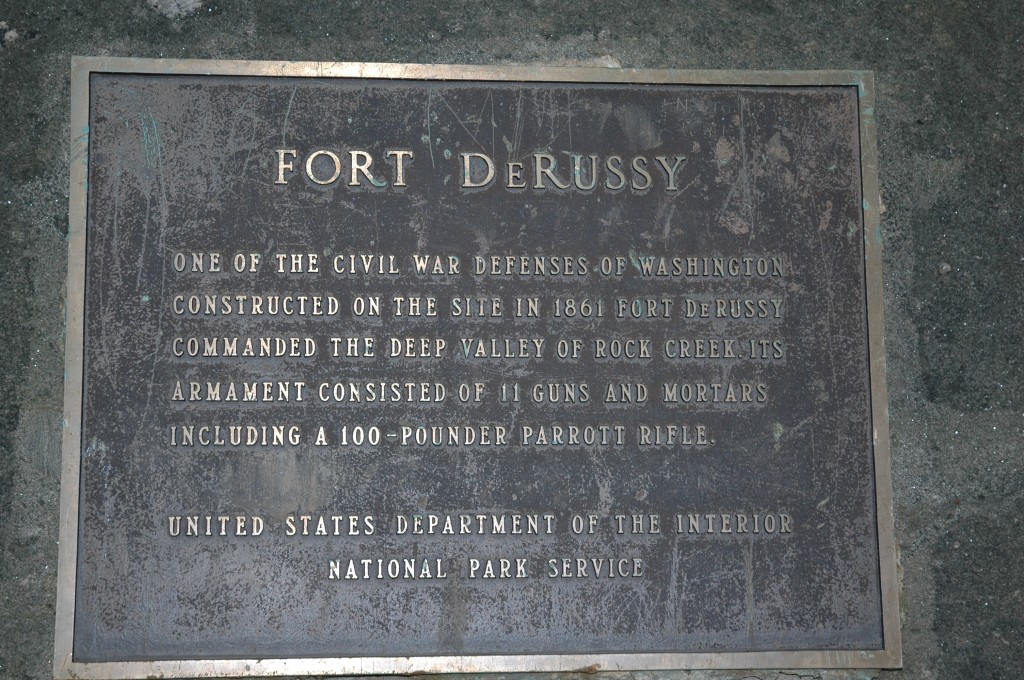 Our last stop was at Fort DeRussy, another of the small forts that served as a perimeter around Washington DC during the war. Earthenwork like Fort Stevens, DeRussy also boasted a “100-pounder,” a rifled Parrott cannon that could fire accurately for up to 4 miles.Many thanks to Craig Howell for being such a fantastic and knowledgeable tour guide, to Beltway Transportation for the comfortable bus and daring driver, and to Karen Needles, Susan Dennis, and everyone else in the Lincoln Group who arranged the tour. As the saying goes, a great time was had by all.
Our last stop was at Fort DeRussy, another of the small forts that served as a perimeter around Washington DC during the war. Earthenwork like Fort Stevens, DeRussy also boasted a “100-pounder,” a rifled Parrott cannon that could fire accurately for up to 4 miles.Many thanks to Craig Howell for being such a fantastic and knowledgeable tour guide, to Beltway Transportation for the comfortable bus and daring driver, and to Karen Needles, Susan Dennis, and everyone else in the Lincoln Group who arranged the tour. As the saying goes, a great time was had by all.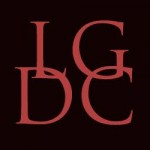 Founded in 1935, the Lincoln Group of the District of Columbia (LGDC) has been instrumental in celebrating the life and times of our 16th President – Abraham Lincoln. And now LGDC is going digital. Yes, Abraham Lincoln has a
Founded in 1935, the Lincoln Group of the District of Columbia (LGDC) has been instrumental in celebrating the life and times of our 16th President – Abraham Lincoln. And now LGDC is going digital. Yes, Abraham Lincoln has a 



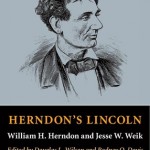 This is an extraordinary book, for several reasons. First, William H. Herndon was Abraham Lincoln’s law partner for sixteen years prior to Lincoln becoming President. Second, because Herndon spent several years after Lincoln’s assassination writing to and interviewing scores of people who knew Lincoln during his life and career up to the presidency. Third, because editors
This is an extraordinary book, for several reasons. First, William H. Herndon was Abraham Lincoln’s law partner for sixteen years prior to Lincoln becoming President. Second, because Herndon spent several years after Lincoln’s assassination writing to and interviewing scores of people who knew Lincoln during his life and career up to the presidency. Third, because editors 